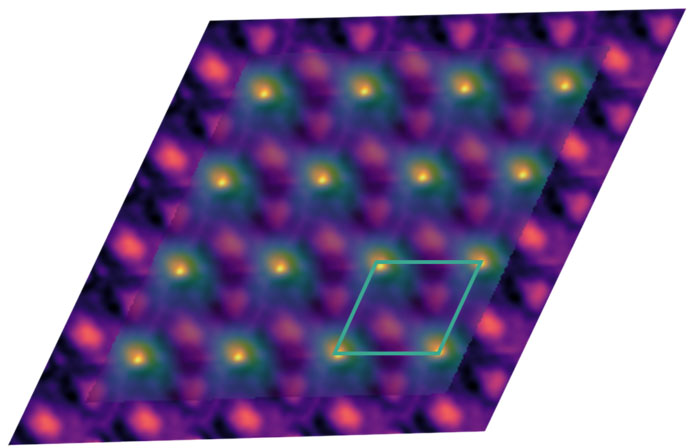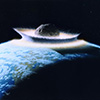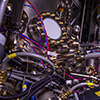Feb 07, 2023 (Nanowerk News) Large language models like OpenAI’s GPT-3 are massive neural networks that can generate human-like text, from poetry to programming code. Trained using troves of internet data, these machine-learning models take a small bit of input text and then predict the text that is likely to...
Microscopy images could lead to new ways to control excitons for quantum computing
Feb 07, 2023 (Nanowerk News) Excitons are drawing attention as possible quantum bits (qubits) in tomorrow’s quantum computers and are central to optoelectronics and energy-harvesting processes. However, these charge-neutral quasiparticles, which exist in semiconductors and other materials, are notoriously difficult to confine and manipulate. Now, for the first time, researchers...
Engineers devise a modular system to produce efficient, scalable aquabots
Feb 07, 2023 (Nanowerk News) Underwater structures that can change their shapes dynamically, the way fish do, push through water much more efficiently than conventional rigid hulls. But constructing deformable devices that can change the curve of their body shapes while maintaining a smooth profile is a long and difficult...
Asteroid impact in slow motion
Feb 07, 2023 (Nanowerk News) For the first time, researchers have recorded live and in atomic detail what happens to the material in an asteroid impact. The team of Falko Langenhorst from the University of Jena and Hanns-Peter Liermann from DESY simulated an asteroid impact with the mineral quartz in...
How to reverse unknown quantum processes
Feb 07, 2023 (Nanowerk News) In the world around us processes appear to follow a certain time-direction: dandelions eventually turn into blowballs. However, the quantum realm does not play by the same rules. Physicists from the University of Vienna and IQOQI Vienna have now shown that for certain quantum systems...
Using machine learning to predict vibrational stability
Feb 07, 2023 (Nanowerk News) Countless hours could be saved in the quest to discover new materials thanks to a machine learning program that rapidly and accurately predicts vibrational stability. Scientists can choose to experiment with millions of theoretical chemical compounds, but many of these proposed materials will never exist...
Nanoscale ferroelectric semiconductor could power AI and post-Moore’s Law computing on a phone
Feb 06, 2023 (Nanowerk News) Ferroelectric semiconductors are contenders for bridging mainstream computing with next generation architectures, and now a team at the University of Michigan has made them just five nanometers thick—a span of just 50 or so atoms. This paves the way for integrating ferroelectric technologies with conventional...
Distant galaxy mirrors the early Milky Way
Feb 06, 2023 (Nanowerk News) A galaxy has been discovered that mirrors the very early version of our home galaxy, the Milky Way. The galaxy, dubbed ‘The Sparkler’, is embedded in a system of globular clusters and satellite galaxies, and appears to be swallowing them as it grows. The research...








